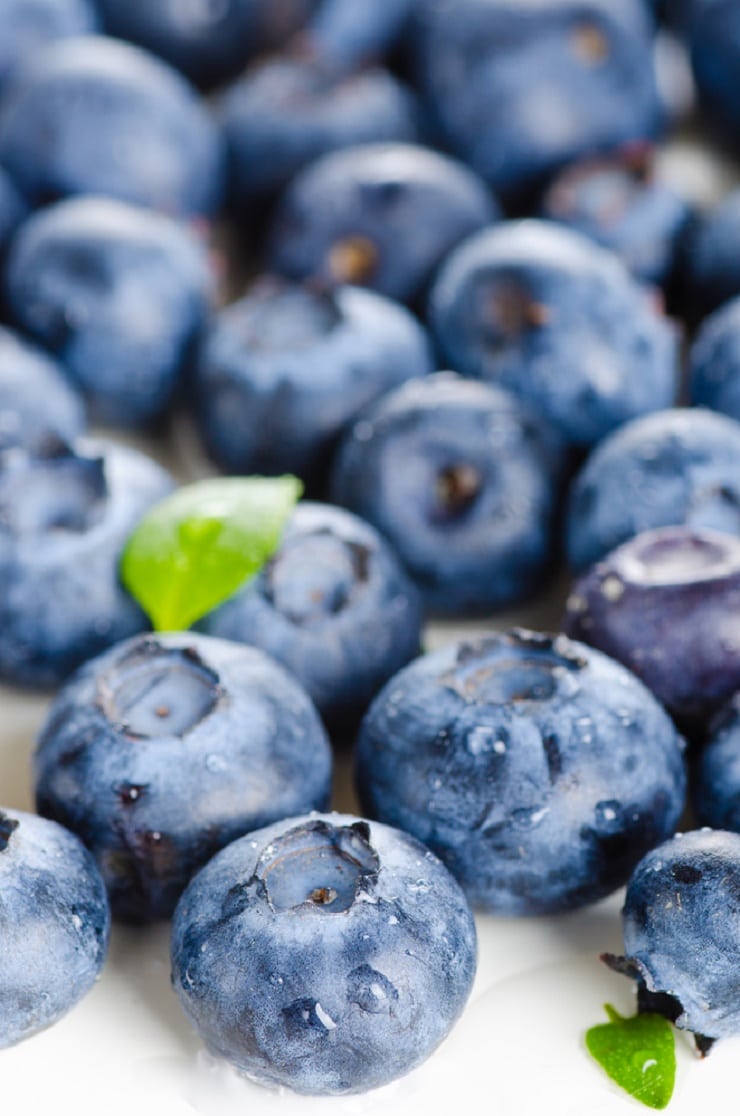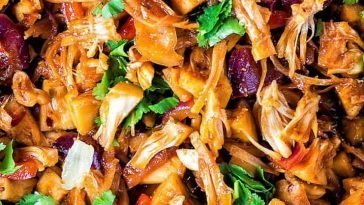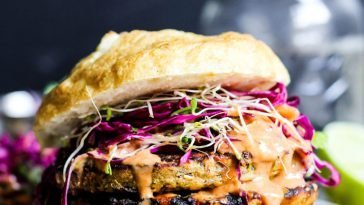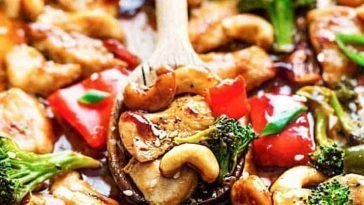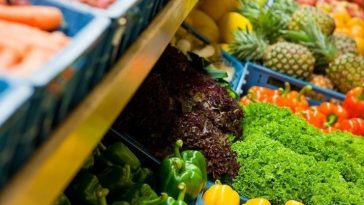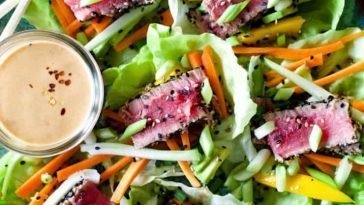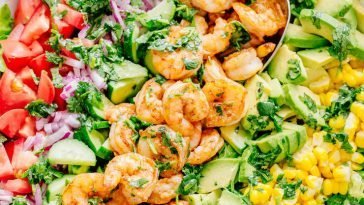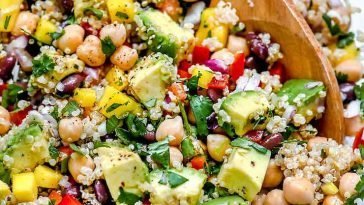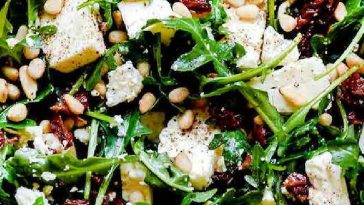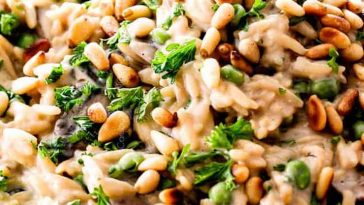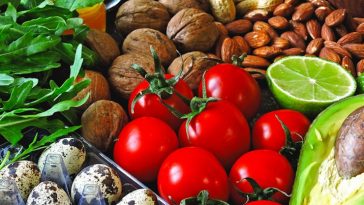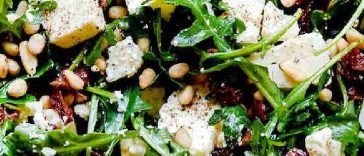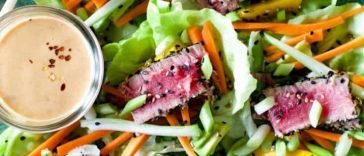Clean Eating On A Budget
Although a lifestyle, clean eating is often thought to be expensive, its possible to engage in clean eating on a budget.
Whole Foods Market, an American supermarket chain store specializing in organic food, is commonly known as “Whole Pay Check” due to its high prices, has focused on a budget-friendly options for consumers.
Today many people are interested in healthy eating, and not just for weight loss.
Clean eating on a budget is possible, and it’s time to look at the facts and how you can do it.
Organic Foods Cost More
When you look at the snack aisle in the convenience store, you will always find that it is cheaper than healthy foods.
Cambridge University found in a study that people spend three times more on healthy foods compared to unhealthy options.
According to Harvard School of Public Health, it can costs $550 more to opt for fish, vegetables, fruits and nuts instead of processed foods and refined grains.
How To Eat Clean On A Budget
Clean eating doesn’t need to cost a fortune. With some planning and following certain tips, you can shop smart and cheaper. Here are 9 tips for clean eating on a budget.
Focus On In-Season Options
Items that are in-season are easier to source. As a result, companies keep the costs lower.
The best news is that in-season products taste better and have more nutrition.
Your store will be able to help point you in the direction of in-season items. If your grocery shopping in the summer, look for fruits and vegetables that are in season.
Know When You Don’t Need Organic
Not everything you eat needs to be organic. Some items when grown commercially, the chemical use is limited.
Fruits and vegetables on “The Dirty Dozen” list, when conventionally grown, tested positive for at least 47 different chemicals, with some testing positive for as many as 67.
You should definitely go organic when consuming any item on the dirty dozen list unless your ok with consuming tons of chemicals. “The Dirty Dozen” list includes:
- Celery
- Peaches
- Strawberries
- Apples
- Domestic Blueberries
- Nectarines
- Sweet Bell Peppers
- Spinach
- Kale
- Collard Greens
- Cherries
- Potatoes
- Imported Grapes
- Lettuce
On the other hand, “The Clean 15” contain little to no traces of pesticides, and is safe to consume in non organic form. “The Clean 15” list includes:
- Onions
- Avocados
- Sweet Corn
- Pineapples
- Mango
- Sweet Peas
- Asparagus
- Kiwi Fruit
- Cabbage
- Eggplant
- Cantaloupe
- Watermelon
- Grapefruit
- Sweet Potatoes
- Sweet Onions
Source: DavidSuzuki.org
Opt For Store Brands
There’s nothing wrong with opting for store brands. This isn’t like opting for knockoff Prada handbags!
The store brands often taste just as great—sometimes better—than the commercial brands, but have a lower price tag. They often come in large amounts, so you can bulk buy.
Bulk Buy When Possible
Buying in bulk is a great way to keep the cost down on items such as nut butters, grain, beans, olive oil and spices.
Buy Cheaper Cuts Of Meat
Eat more affordably, especially when entertaining, by eating tougher cuts of red meat, or bone-in dark poultry meat.
Make Your Own Dressings And Sauces
Instead of paying $3 to $8 for a bottle of salad dressing filled with chemicals opt for home made version. A simple olive oil dressing will cost pennies.
Opt For Frozen Foods
You don’t have to buy fresh just because you’re clean eating. Frozen fruits and vegetables are not only allowed, but are more affordable.
You will still get nutrients from them, as they are frozen as soon as they’re picked; when they’re at their ripest.
There are often store brand versions of frozen items, also helping to keep your costs down, and you can often buy them in bulk.
Freeze Your Leftovers
Not all meals will be eaten in one setting. Freezing your leftovers will really help to keep the cost down, and also offers you the convenience of heating your food after a long day at work.
You can also freeze nutrients and lock in the flavours. Consider making double the recipe and freezing extra portions to save time and cost.
Clean Eating Resource
- What Is Clean Eating
- How To Eat Clean
- Eat Clean For Beginners
- Meal Prep Clean Eating
- Healthy Grocery Shopping List
- Clean Eating Breakfast Ideas
- 100 Clean Eating Recipes
- 160 Clean Eating Snacks
- Healthy Substitution Chart For 300 Foods
Use An Online Food Journal
A food journal will save you money. It will help you to stay on track with better eating habits.
Using an online food diary is powerful yet simple to use.
Build your meal plan from our list of healthy recipes to generate your shopping list.
If you need some help getting started in eating clean, consider trying the no junk food challenge.
From candy, donuts to soda and alcohol, junk food can be a major hinderance in achieving or maintaining a healthy lifestyle. Start living healthy and take the no junk food route today.

